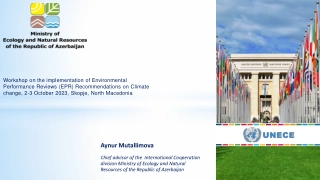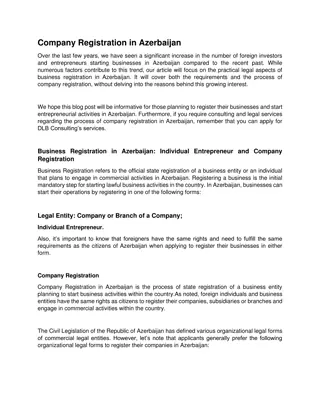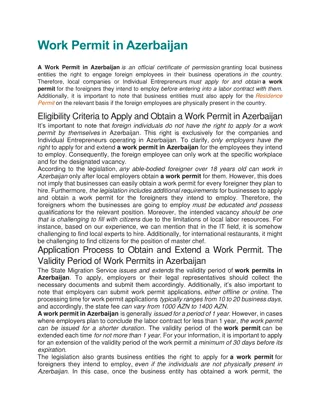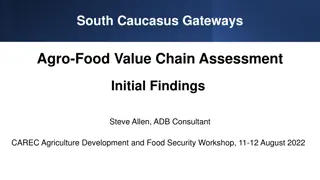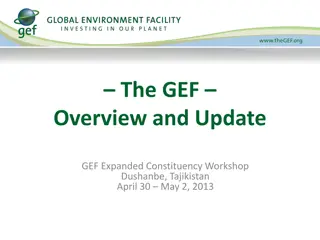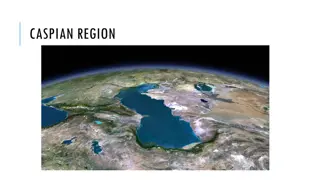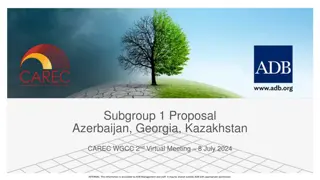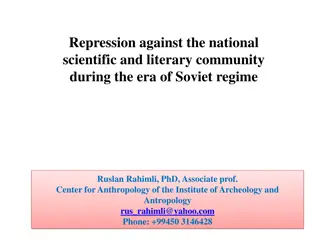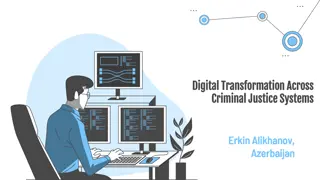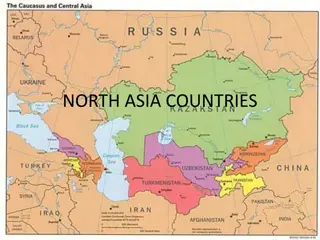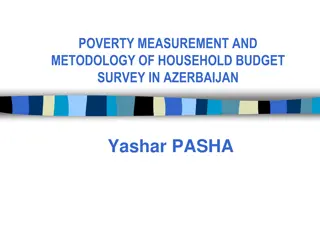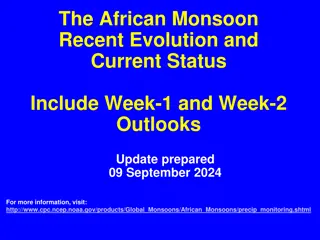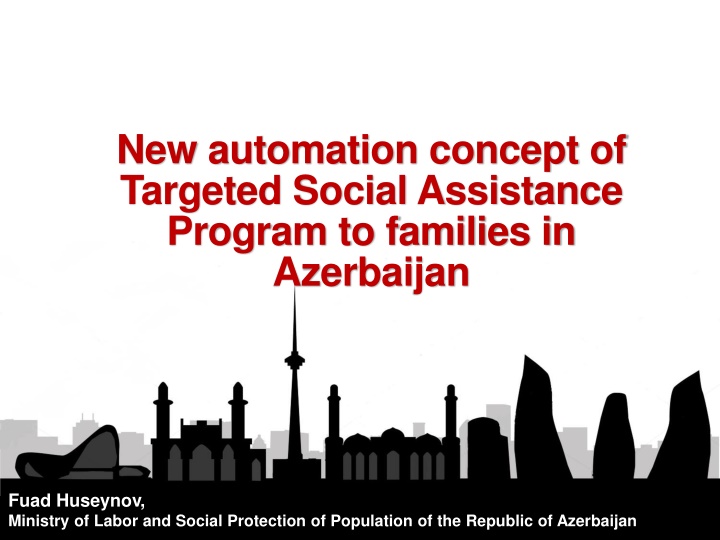
Targeted Social Assistance Program in Azerbaijan - Improving Lives and Reducing Inequality
Learn about Azerbaijan's innovative Targeted Social Assistance Program designed to support low-income families, increase social assistance targeting, and reduce inequality. Discover the program's objectives, coverage, statistical data of beneficiaries, average benefits, impact on poverty rates, challenges faced, and the emerging automation concept. Explore how this program has significantly reduced the poverty rate from 49% in 2001 to 5% in 2014, along with insights on entry barriers, poor targeting, and the need for a new approach.
Download Presentation

Please find below an Image/Link to download the presentation.
The content on the website is provided AS IS for your information and personal use only. It may not be sold, licensed, or shared on other websites without obtaining consent from the author. If you encounter any issues during the download, it is possible that the publisher has removed the file from their server.
You are allowed to download the files provided on this website for personal or commercial use, subject to the condition that they are used lawfully. All files are the property of their respective owners.
The content on the website is provided AS IS for your information and personal use only. It may not be sold, licensed, or shared on other websites without obtaining consent from the author.
E N D
Presentation Transcript
New automation concept of Targeted Social Assistance Program to families in Azerbaijan Fuad Huseynov, Ministry of Labor and Social Protection of Population of the Republic of Azerbaijan
Program Objectives To support the living standard of the low-income families Increased targeting of social assistance Improvement of expedient use of budget recourses Reducing inequality and increasing incomes of the population
Targeted Social Assistance Program Introduced in 2006 Covers 112622 (485622 people) ( 2015) Budget AZN 206 mln. ( 2015) Eligibility threshold -AZN 105 per person Medium indicator of the targeted social assistance for families 146 manat Medium indicator of the targeted social assistance per person - 35 manat families or 5% of population
Statistical data of beneficiaries Children under 18 years - 230716 Children with disabilities under 18 years - 5447 People ages 18 and over with disabilities 29603 Working members of the family 28513 Pensioners 149065 85% of recipients receiving targeted social assistance - children, elderly and people with disabilities
Average TSA benefit per family 200 136,78 150 126,88 113,3 114,98 108,54 106,45 100,96 Manat 100 80,03 44,28 50 0 Years 2006 2007 2008 2009 2010 2011 2012 2013 2014 Population poverty level (%) 25 20,8 20 15,8 15 13,2 10,9 % 9,1 10 7,6 6,0 5,3 5.0 5 0 2006 2007 2008 2009 2010 2011 2012 2013 2014 Years
Conclusion The poverty rate has decreased by almost 10 times from 49% in 2001 to 5% in 2014 Gini coefficient 33,7 ( 2008)
Challenges o Entry barriers o Poor targeting o Inclusion and exclusion errors o Low level of newly enrolled benefits (25% for 2013) o Need for a new concept emerged
Automation concept of Targeted Social Assistance
Citizens apply for social assistance electronically Verification through databases of MLSPP and other state agencies Yes Local executive government agency First Notary VEMTAS Compliance SMS confirming receipt of application sent to the applicant No Decline Decline No Verification of the households condition. Filling in declarations through individual tablets by social workers and directing data in real time to VEMTAS Yes Compliance Household condition comparing automatically with databases of MLSPP according to the points scale Number of points above threshold Decline (SMS) Implementation (Payment) Electronic allocation (SMS) Decision
Applying information on the composition of the family Contacting the local executive government body and to receive Notary certified families applications
Application process Application process Household representative applies electronically for TSA to the VEMTAS (online, through special information stands, etc.)
Application process Application process Application is registered in VEMTAS database Confirmation SMS sent to the applicant
Electronic Verification of family Electronic Verification of family income and expenditures income and expenditures After electronic registration of application, family income and some types of expenditures is verified through information databases of MLSPP and relevant government agencies Ministry of Internal Affairs Ministry of Justice Ministry of Taxes etc,
Compliance Non-compliance-Decline false information - deprivation of right to assistance during a year Right to receive next step
Verification of the family household Verification of the family household condition. condition. Social agent receives notification for review the family household condition. Social agent visits family in timeframe set centrally. Declaration form is filled in through individual tablets by social agent Data entered is transferred to VEMTAS database in real time
Household condition verification Household condition verification Based on the income data, eligibility to pass for the next step of the process is being defined automatically If number of points exceeds maximum level, application is declined If result is below the defined eligibility level, allocation is conduced through the system automatically
Implementation Implementation Registration of the new beneficiary Confirmation sent to the beneficiary Information is sent to the local social protection centers domiciliary Opens account The family receives a bank card for money transfer Period of the assistance 2 years
Expectations from the New Concept Expectations from the New Concept Decreased corruption in the system Increased Transparency Decrease of additional cost for beneficiaries (transport, documentation request) Increased process efficiency Improved data availability Improvedtargeting


